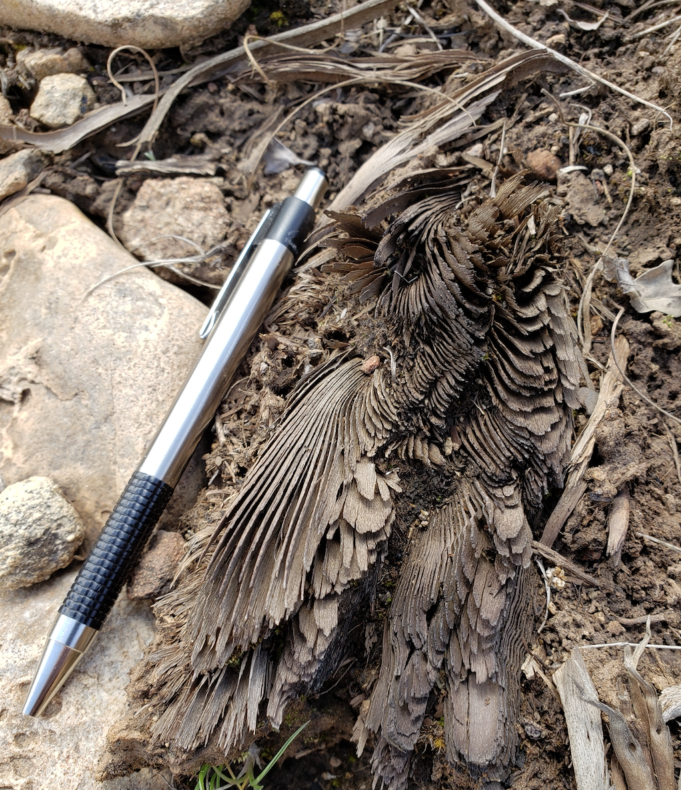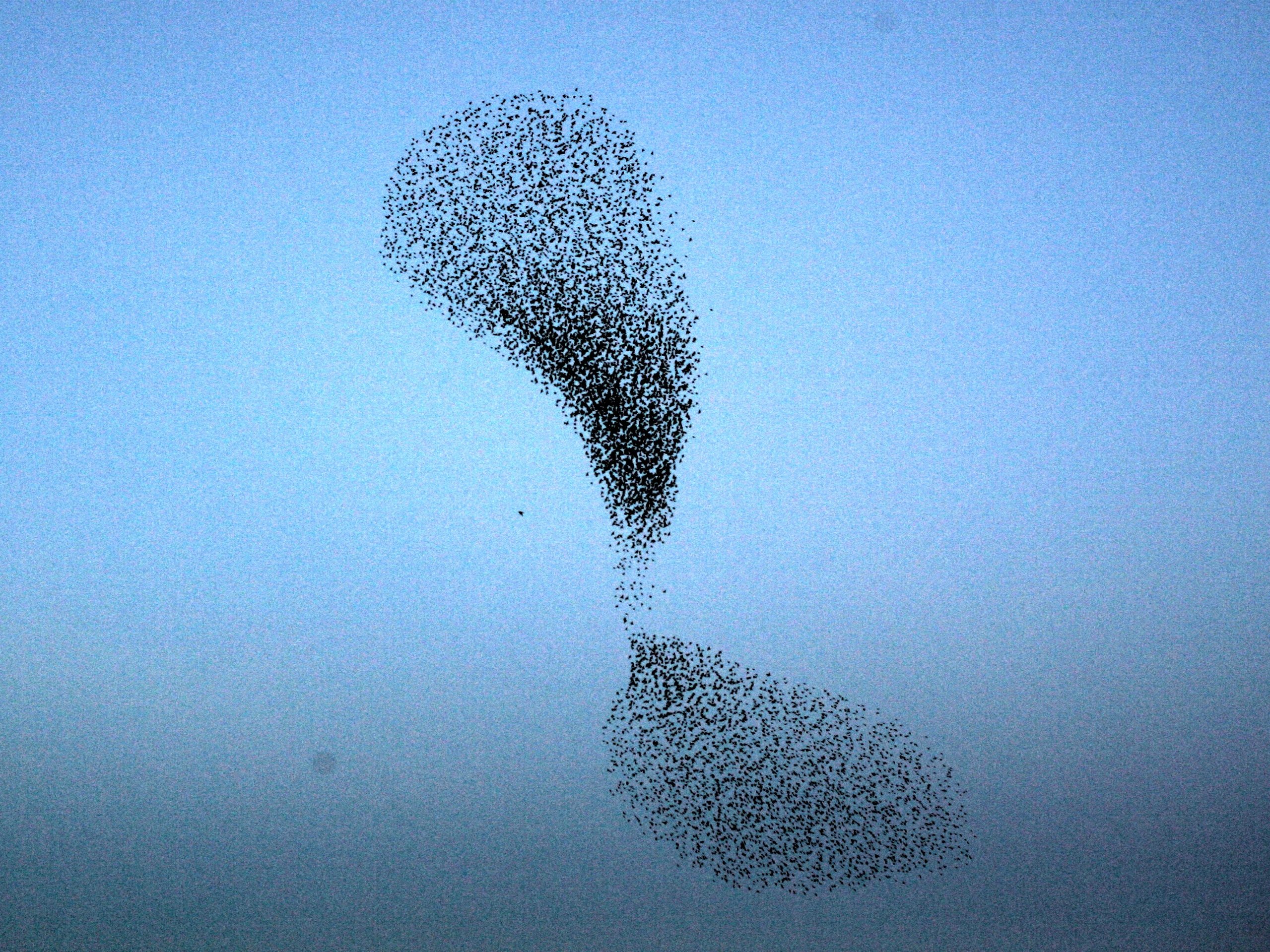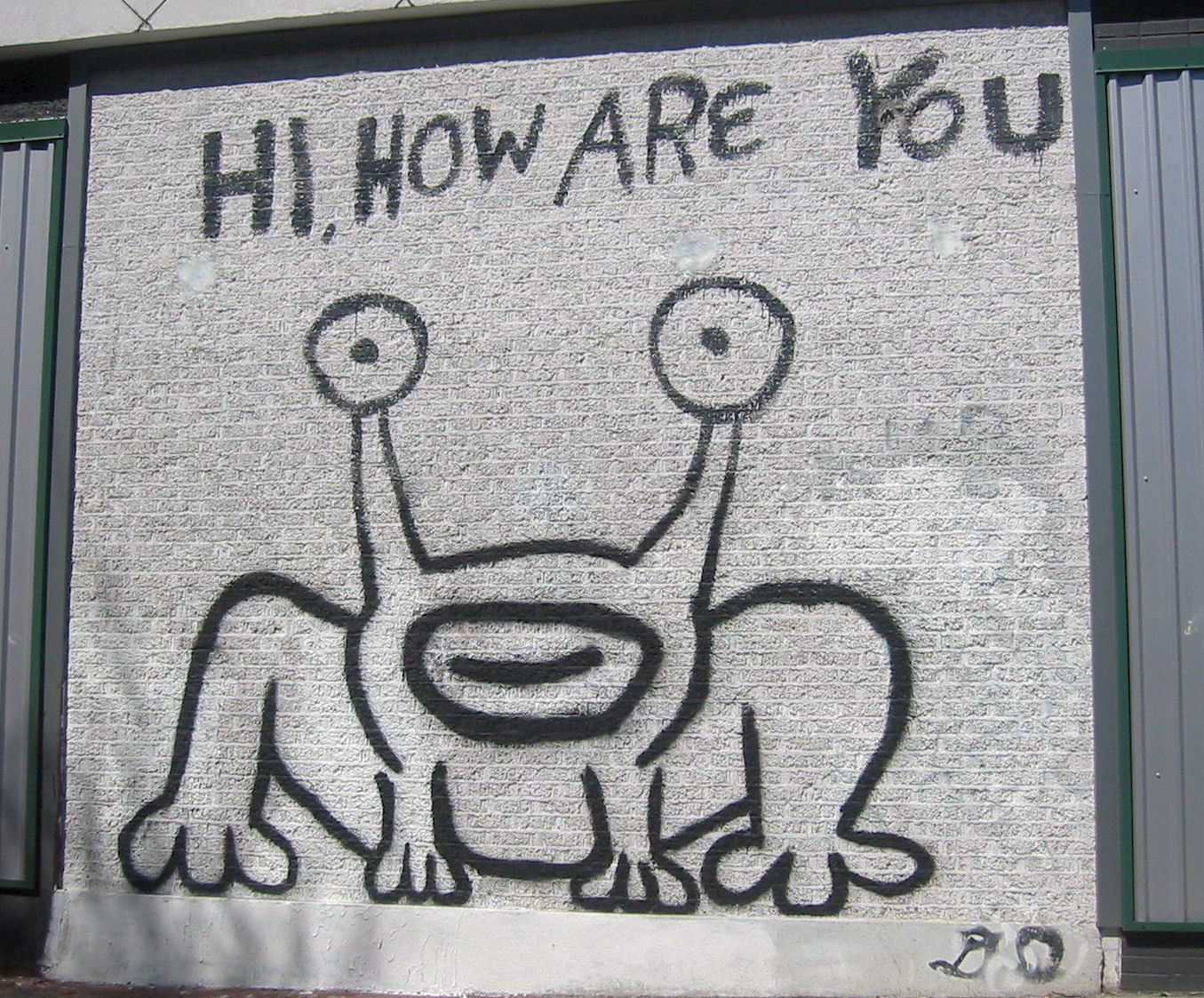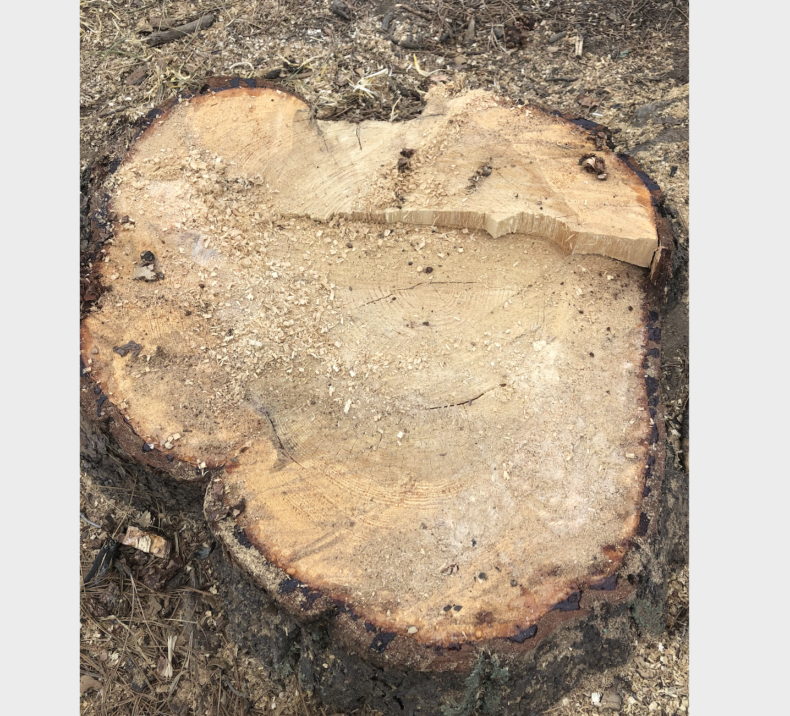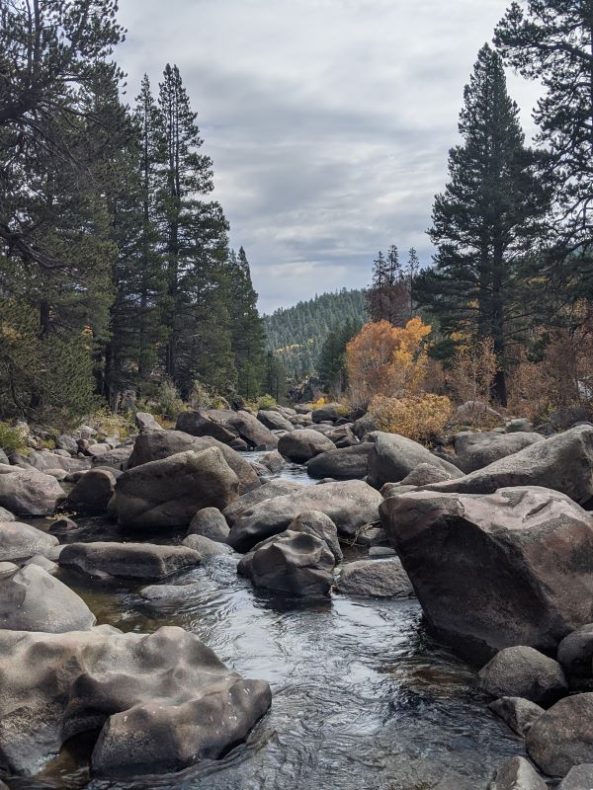This was first published December 8, 2016 and since then I have stopped doing yoga — not stopped needing to, just stopped doing it, the result of the pandemic and massive personal character flaws. The need for bullshit detection, however, will never stop, never.
I did not want to join yoga class. I hated those soft-spoken, beatific instructors. I worried that the people in the class could fold up like origami and I’d fold up a bread stick. I understood the need for stretchy clothes but not for total anatomical disclosure. But my hip joints hurt and so did my shoulders, and my upper back hurt even more than my lower back and my brain would. not. shut. up. I asked my doctor about medication and he said he didn’t like the side effects and was pretty sure I wouldn’t either.
So I signed up for Gentle Mind and Body Yoga, the pre-K of yoga classes. I think the principle is that you get into some pose that has cosmic implications and then hold the pose until you are enlightened or bored silly. I like the bridge pose where you lie flat on your back and put a rubber block under your butt. I don’t much like the warrior pose where you stand with one leg bent, foot pointing forward, and the other leg straight, foot pointing sideways, arms out straight at your sides, hands turned up or down or both, I can’t get that part straight, and when I do all that I don’t have the mental reserves to keep breathing. The less said about the pose called downward dog, the better. I purely hate the eagle pose where you wind your arms around each other and then wrap your legs around each other and stand on one foot; I drop like a sprayed mosquito. The teacher is forgiving: “yogi’s choice,” she says, meaning that I’m now a yogi and I can do what I want. She says we’re not trying to get anywhere, and I deeply appreciate not trying to get anywhere.
I enjoy a stretchy pose where you sit with a knee crossed over a leg and the opposite arm wrapped around the knee but the point is, says the teacher, to wring the toxins out of your internal organs. I’m not going to wring out my internal organs. Sometimes she wants us to lower our shoulders and raise our chests to open up our hearts – a phrase that gives me cardiac-surgical creeps. The best is the sponge or corpse pose which is what it sounds like. I’m fully competent at being a sponge, except you’re supposed to breathe in all the way up your left side and breathe out on your right because this activates your left and right brains. I just breathe on both sides. Then we sit on some folded-up locally-sourced blankets that smell like unwashed humanity, with legs crossed and the teacher says this is called sukhasana which means easy seat, but it’s no such thing so I stretch my legs out in front of me, yogi’s choice. We end in sukhasana with our hands in prayer and say to each other Namaste, which is apparently Sanskrit for the godhead in me salutes the godhead in you, but which my brain hears as Basta, which is Italian for stop it, enough. I’m a polite student but noncompliant.
I’m ok with all this, even the pretend science which I’m free to ignore or better yet, to subject to Person of LWON Michelle’s stellar Bullshit Prevention Protocol (BPP) which in these days of blatant disinformation if you haven’t read, clipped out, and taped to your computer screen, you may as well join an ant colony.
Some bullshit you don’t need a protocol to detect, so I didn’t even try to find out whether twisting my body wrings the toxins out of my internal organs or whether breathing through my left nostril stimulates my right brain. But it’s true that after yoga, climbing steps doesn’t hurt, waiting for Greek carryout promised 15 minutes ago isn’t irritating, and on the drive home my brain doesn’t do anything except drive. Am I an N of 1? Does yoga work? I’d answer this but working through the full BPP takes time.
So I took two shortcuts. One, I searched for yoga and efficacy in PubMed and skimmed the titles of review articles. No answer, or rather, too many answers: yoga for cancer, chronic low back pain, diabetes, cystitis, sleep disorders, hypertension, schizophrenia, depression, multiple sclerosis, epilepsy, and that was just on the first page.
The other shortcut was no better. I searched the website of the National Academies Press, the publications of the National Academies, the independent scientists who undertake studies for the government. Again, yoga showed up in studies on, among others, pain management, alternative medicine, improving bus operators’ health and teens’ sleep habits, obesity, fitness, Gulf War syndrome, astronaut care, and PTSD.
My personal rule for any one thing that affects so many different diseases and functions is that it affects none of them and completely fails the BPP. Or else it affects something huge and general like mood or immune function or both, that in turn affects everything else.
In general, what with lots of kinds of yogas, lots of different diseases, lots of different kinds of studies, and difficult-to-quantify entities like mood or immune function, I’m giving up. I haven’t a clue whether yoga helps at all, let alone how. You’re on your own here. For myself, I’ll keep going, not because it’s not bullshit but because I like occasionally painless stairs and quiet brains. Besides, I’m finally getting competent at the infant version of the Sun Salute and I’ve learned never to look at the other people in the class. But I have no plans to advance to Beginning Yoga.
_________
photo: via Wellcome Images, Creative Commons license
